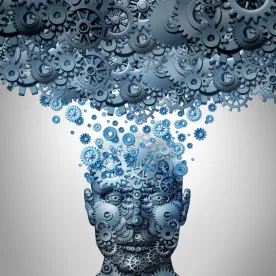Lord Burnett of Maldon, the current Lord Chief Justice, has set up a new Advisory Body with the aim of ensuring that the Judiciary of England and Wales is fully informed about developments in artificial intelligence (AI).
In setting up the group, Lord Burnett recognised the importance of AI in today’s modern world, and the potential impact of AI on the work of the courts.
Professor Richard Susskind, President of the Society for Computers & Law, has been named chair of the body, and in a recent interview stated that AI has taken off in the last six or seven years, to the point where it has become “affordable and practical”. Professor Susskind believes that the new group will start a dialogue among the judiciary about “one of the most influential technologies that there is”, and recognises the importance of judges being open to the opportunities that AI technology could offer to the court system (with “practical tasks” cited as an example).
It is hoped that the advisory body will offer guidance to the senior Judiciary on:
- The likely impact of developments in AI on the Judiciary and the court system;
- Ways of ensuring that judges are sufficiently trained on AI and its impact; and
- The most pressing legal, ethical, policy, cultural and economic effects of AI.
The 10-person team will be made up of both senior judges (including Lord Neuberger, past President of the UK Supreme Court, and Lady Justice Sharp, Vice-President of the Queen’s Bench Division), as well as leading experts on AI and law (such as Professor Katie Atkinson, past President of the International Association for AI and Law).
There is little doubt that automation already plays an essential role for the legal profession, for example, in large disclosure exercises. Legal technology is a big area for potential growth. As the use of AI becomes more commonplace in the courtroom, it will be important for the Judiciary to be conversant with developments in the sector, in order to understand how and why the technology was used in a particular case, and to assess the risks and shortcomings associated with the very nature of automation. The only way to understand the complexities of such issues is to be confident in the way the technology works.




 />i
/>i

